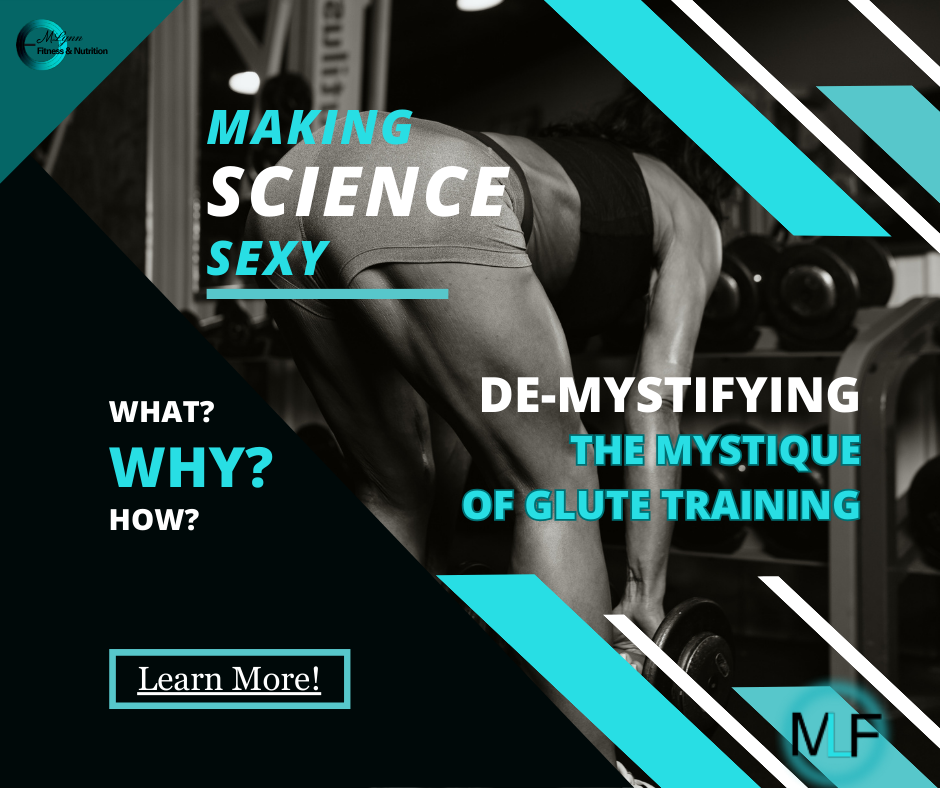
Unveiling the Physiology Behind Effective Glute Training
The quest for sculpted and strong glutes has become a fitness mantra, and rightfully so. Beyond the aesthetic allure, the gluteal muscles play a crucial role in supporting overall lower body strength, stability, and functional movement. Let’s take a deep dive into the intricate physiology of glute training, shedding light on how understanding the science behind it can help you achieve optimal results.
Anatomy of the Glutes
Before we dive into the physiology, let’s acquaint ourselves with the anatomy of the glutes. The gluteal muscles comprise the gluteus maximus, gluteus medius, and gluteus minimus. The gluteus maximus, the largest of the trio, is responsible for hip extension, while the medius and minimus contribute to hip abduction and pelvic stability.
Muscle Fiber Composition:
The glutes, like other muscles, consist of different fiber types, each with its unique characteristics. Type I fibers, or slow-twitch fibers, are associated with endurance, while Type II fibers, or fast-twitch fibers, contribute to explosive power and strength. The glutes house a mix of both fiber types, emphasizing the need for varied training approaches.
Motor Unit Recruitment:
Effective glute training involves the activation of motor units, which consist of a motor neuron and the muscle fibers it innervates. Compound exercises, such as squats and deadlifts, recruit a larger number of motor units, leading to increased muscle activation. This recruitment is a key factor in stimulating muscle growth and strength.
Hypertrophy and Progressive Overload:
Hypertrophy, the process of muscle growth, is a central goal of glute training for many individuals. Progressive overload, achieved by gradually increasing resistance or intensity, is the driving force behind hypertrophy. Compound movements like hip thrusts and lunges, when performed with proper form and challenging resistance, stimulate hypertrophy in the gluteal muscles.
Biomechanics of Glute Activation:
Proper biomechanics are paramount in effective glute training. Initiating movements from the hips, maintaining a neutral spine, and ensuring targeted muscle engagement during exercises like squats and lunges are critical for optimizing glute activation. This not only enhances the effectiveness of the workout but also minimizes the risk of injury.
Role in Posterior Chain Integration:
The glutes are integral components of the posterior chain, which includes the hamstrings and lower back. Strengthening the glutes contributes to overall posterior chain integrity, reducing the risk of injuries and enhancing athletic performance. A balanced and strong posterior chain is crucial for activities like running, jumping, and lifting.
Neuromuscular Coordination:
Developing a strong mind-muscle connection is key in glute training. Focusing on the intentional contraction of the glutes during exercises ensures maximal muscle engagement. Mindful training helps recruit the target muscles effectively, leading to better results and enhanced neuromuscular coordination.
Optimizing Glute Training:
- Varied Exercise Selection: Incorporate a mix of compound and isolation exercises to target different regions of the glutes. Squats, deadlifts, hip thrusts, and glute bridges can be core components of a well-rounded glute training program.
- Activation Warm-ups: Prioritize glute activation warm-ups to establish a mind-muscle connection and ensure that the glutes are firing properly before engaging in more intense exercises.
- Progressive Overload: Gradually increase the intensity, volume, or resistance of your glute workouts to promote ongoing adaptation and growth. Progressive overload is fundamental in stimulating hypertrophy and strength gains.
- Individualized Approach: Recognize that individuals may respond differently to various training stimuli. Tailor your glute training approach based on personal goals, preferences, and the body’s unique response to exercise.
In the journey toward achieving the coveted “booty gains,” understanding the physiology of glute training is the compass that guides you to success. By appreciating the intricate interplay of muscle fibers, motor units, biomechanics, and neuromuscular coordination, you can craft a targeted and effective glute training regimen. Embrace the science, apply it to your workouts, and unlock the full potential of this powerhouse muscle group. It’s not just about aesthetics; it’s about empowering your body for strength, functionality, and overall well-being.
Happy “peach plumping”!

